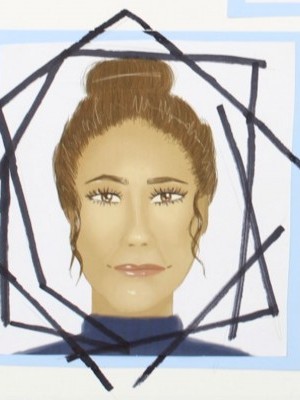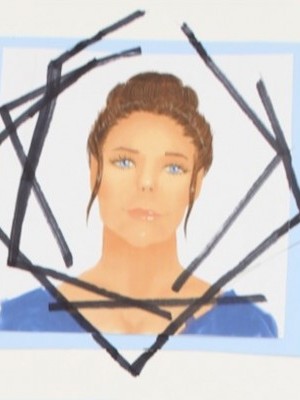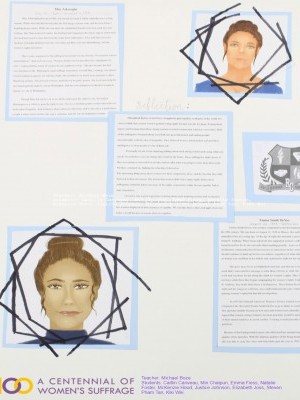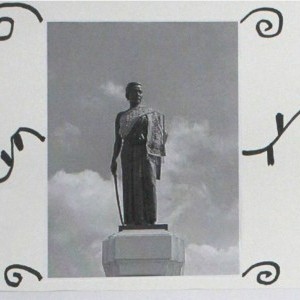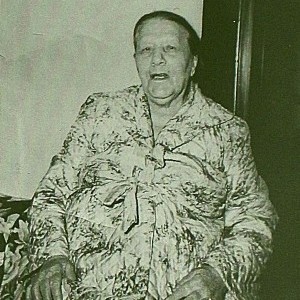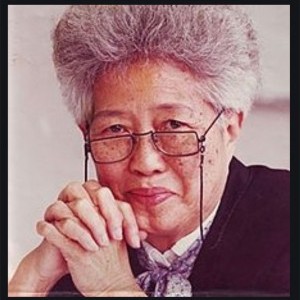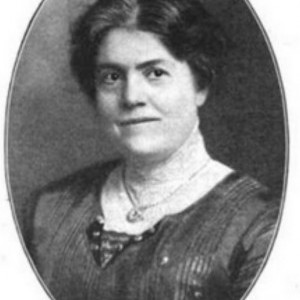Emma Fiess
Rainier Christian High School | Auburn, WA | 12th Grade
Historical Figure I Admire
Emma Smith DeVoe
Emma Smith DeVoe was a major force in the development of women’s rights in the 20th century. She was born on August 22, 1848, in Illinois. Her suffragist spirit came naturally to her at a young age. At the age of eight she attended a speech by none other than Susan B. Anthony. When Susan asked all who supported women’s suffrage to stand up, she found herself to be the sole individual standing proudly. Later on, her father, an abolitionist, commended her for her convictions, regardless of what others may think. From then on, Emma was confident in her beliefs and continued to fight for her rights.
She grew up to be an accomplished musician, and then on to be a teacher. Her real work did not start until her marriage to John Henry DeVoe in 1880. He was a big supporter of her work and was there for her along the climb for women’s rights. They later on moved to the Dakota Territory and while there, she began campaigning for women’s rights. Under the mentoring of Susan, they made their house a headquarters. There, Emma developed the public skills and her image as a delicate, non-confrontational advocate.
In 1895 the National American Women’s Society formed a committee, spearheaded by Carrie Chapman Catt. They hired Emma Smith DeVoe to go to Idaho to continue her abolition work. Her speeches mainly focused on how men and women were naturally created different and argued that women, being created to be more peaceful, would be advantageous in view of their natural tendency to avoid conflict. Creating overall peaceful solutions to address problems.
Because of her background in music she often used her mesmerizing voice to improve the quality of her speeches. With the additional qualities of her being beautiful, gentle and effective, she was able to sway the voters and help Idaho gain the vote in 1896.
Historical Figure I Admire
May Arkwright
May Arkwright grew up in Ohio, but moved to Coeur D’Alene when she was a young woman. While there, she had several jobs, the first being a saloon cook, and the next being a boarding house owner. While she was there, she established herself as the best cook in Coeur d’Alene. She then went on to marry her husband and experience the classic rags to riches story. Her husband owned a mine that basically made them millionaires. They both then moved to Spokane where her husband went into real estate and May went into philanthropy and the Women’s Rights Movement.
May’s main argument for the suffragist movement was the obvious “No Taxation Without Representation.” And she went on to say, “Women should vote because they have the intelligence to vote. They should vote because it gives them responsibilities, and responsibilities better fit women for all conditions of life.” She also became the first vice-president of the Washington Equal Suffrage Association. Overall Mary’s strategy was aimed toward making an appeal, not starting a fight. She intended to be much more persuasive rather being militant. She detested violence and believed in gentle protest. She lived to help the movement gain the right to vote in Washington, and she even claimed to be the first woman to register to vote in Washington.
Although May did not live to see all the states gain the right to vote, she helped Washington as a whole to gain voting rights. She was a brilliant gentle woman who believed in the idea of equality. And as history shows, ideas are infectious, and it only takes a small flame to light a whole forest on fire. She was a visionary, and she was an inspirational woman.
What the Project Means to Me
Throughout history women have struggled to gain equality in all parts of the world. It’s crazy to think that women weren’t granted voting rights but that was life for them. Writing these papers and learning about these strong women revealed a connection I did not even realize. Both of the suffragists I learned about were into peaceful protest and making people uncomfortable with the idea of inequality. They believed in non-violent protest and used their intelligence to sway people to vote for their side.
Personally for me, it was inspiring reading about such strong women and seeing what you can do if you believe you can change the world for the better. These suffragists didn’t know if they were going to succeed or not; they had no idea what was going to come from their work but they continued on, fighting for what they believed in.
The interesting thing about these women was their compassion, drive, and the fact that they fully believed in their movement. The notion that women didn’t have many rights before these suffragists is hard to believe because of the rights women have today, but our equality had to start somewhere.
Overall it was a great experience learning such inspiring women and seeing how they went about protesting. One small flame can start a forest fire and that’s exactly what these two women displayed in their journeys for equality. We can take these values and apply them into today’s world because everyone deserves equality.
Explore the Archive
More From This Class
Click on the thumbnails below to view each student's work.Deadline Extended
There's still time to join Women Leading the Way.
Become a part of our storytelling archive. Enroll your class today.
Join the Project

